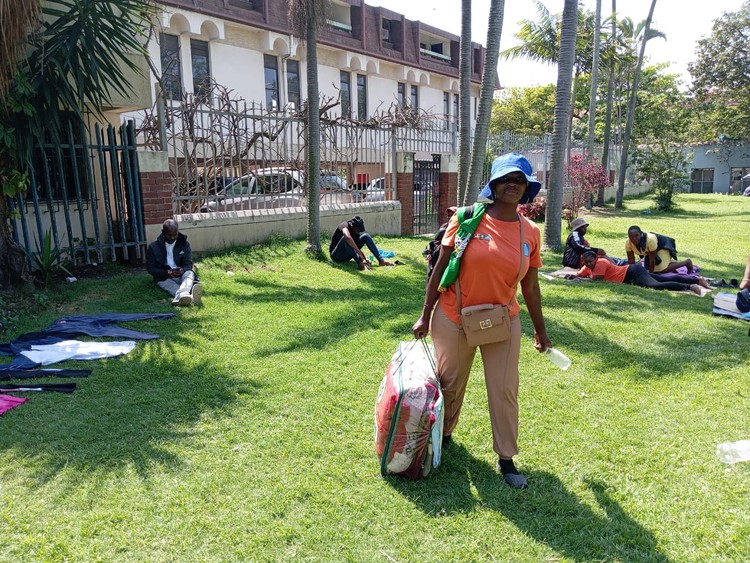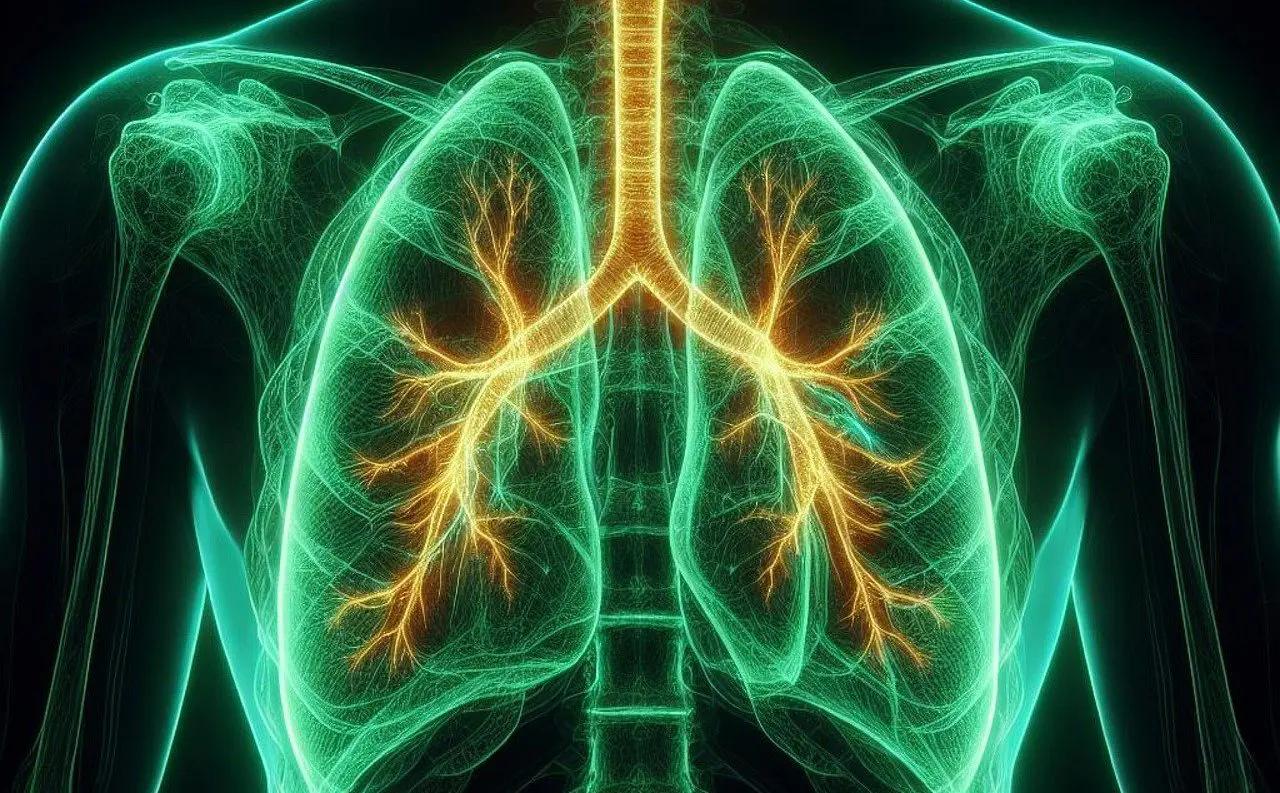South Africa’s second Green Hydrogen Summit, an occasion purporting to showcase the country’s offering as a production hub and investment destination, will be hosted on 16 – 17 October in Cape Town. The organisers of the summit tout green hydrogen (GH2) as a key component in the global race to decarbonise.
Not necessarily so, say the members of H2 Watch SA, a loose coalition of civil society and community-based organisations attending the summit. H2 Watch SA members from affected communities are deeply concerned with the fast-tracked roll-out of green hydrogen projects across the country and its overhyped framing as a silver bullet response to climate change and Just Transition.
H2 Watch members include organisations working at the national level on energy and climate justice issues as well as community-based organisations active in sites where green hydrogen projects are planned or unfolding. The experience of Eastern Cape and Northern Cape communities already affected by the roll-out of GH2 plants is that they and their local municipal authorities have been excluded from the processes underway.
Green hydrogen as a ‘Just Transition’ intervention
‘Green’ hydrogen (GH2) is made when water (H20) is split using renewable energy. Hydrogen is already widely used in various industries – primarily in refining and ammonia production (for chemical fertilisers) – both industries that must be phased out if climate compatible paths are to be pursued. Currently this hydrogen is produced with fossil fuels such as gas, coal and oil, annually emitting more carbon dioxide (CO2) than the German economy. The proponents of GH2 argue that replacing ‘dirty’ hydrogen with GH2 could significantly reduce global Co2 emissions. While GH2 could be used in steel production, it would only be feasible if the GH2 was produced or sourced on sites, given the high risks and costs of its transport.
Civil society concerns
With a deep commitment to the realisation of a Just Transition in South Africa, H2 Watch members have some fundamental questions regarding the extent to which GH2 can realistically be considered the panacea it is hyped up to be. Their concerns include:
On climate change:
Are promises of GH2 a backdoor for more fossil gas? GH2 is still expensive and its production is limited. A host of South Africa’s hydrogen projects are blue, not green. Mixing GH2 and gas does not significantly lower CO2 emissions. Globally, fossil fuel companies are encouraging investment in gas infrastructure under the guise that is it ‘GH2 ready’. This threatens to lock in fossil fuel uses.
When H2 is combusted it releases water vapour. However, H2 molecules released into the atmosphere react with other greenhouse gases to worsen global warming.
H2 is an inefficient energy carrier. Where electrification is possible, in applications such as heating or transport, GH2 use is expensive, wasteful, and potentially diverts GH2 from applications in which it could play a helpful role such as with steel production.
“Our biggest issue with the green hydrogen industry at the moment is the fact that it might also give a backdoor for fossil fuel industries to perpetuate,” says Earthlife Africa’s Ulrich Steenkamp. “Many of these GH2 infrastructure plans involve extending the lifespan of natural gas and the construction of pipelines which will have various environmental, social and economic impacts on the country and hosting communities. Moreover, although H2 itself is not a greenhouse gas, it reacts with other gases in the atmosphere to worsen global warming. H2 leaks resulting from large scale H2 use could therefore undermine efforts to curtail global warming.”
On economic development:
GH2 investments could support the development of new industries and jobs in South Africa. However, SA is not the only country betting that GH2 will be big business. Countries including Chile, Australia and Northern Africa that may be better positioned to serve EU and Asian markets are making significant investments, and threatening a race to the bottom. Many GH2 developments are planned for Special Economic Zones, meaning very low rates of corporate taxes, and indirect subsidies through public financing of large scale infrastructure. South Africans need to ask whether it will truly be compensated for the use of its resources.
Taking on significant public debt to finance GH2 related investments could lead to worsening fiscal conditions if demand does not meet expectations, but will also draw precious resources away from investment in other Just Transition solutions that would serve the people of South Africa first.
Like mining and renewable energy (RE) mega projects, GH2 projects could lead to displacement, curtail access to water and land, and undermine existing nature-based livelihoods. South African communities who have hosted mining RE projects have often been short-changed and inadequately compensated for the value extracted from their land. This is the result of RE developments servicing the market first and people last, inadequate consultation with communities regarding socio economic development contributions, as well as the numbers and quality of employment created, accompanied by in-migration of work seekers.
Although GH2 could decarbonise fertiliser production, up to two-thirds of fertiliser-related greenhouse gases emissions are released when it decomposes on fields – not during its production. Widespread chemical fertiliser use in not in line with either the Paris agreement or a genuine Just Transition.
“The use of loans to finance green hydrogen developments that currently serve the needs of multinational corporations and export- related markets will unnecessarily burden South African taxpayers,” said groundWork’s Yegeshni Moodley. “Moreover, renewable energy development that serves global markets first will continue the same colonial pattern of extraction and exclusions we have seen throughout South Africa’s history”.
“Respecting the rights of local communities and creating spaces for meaningful participation is critical in GH2 project developments,” said MACUA / WAMUA’s Fatima Vally. “Free, Prior and Informed Consent (FPIC) must be a fundamental tenet in all engagements, ensuring that local communities receive fair compensation and sustainable economic and social opportunities. We’ve witnessed the devastating legacy of megaprojects like mining within our communities, and it’s imperative that we learn from these experiences. Only then can we harness the power of innovation without leaving our communities behind.”
On land, water and electricity:
Water: GH2 production requires significant water supplies and therefore may place water resources under strain. To avoid this, many projects will utilise desalination or water recycling. If such installations are built to provide sufficient quantities for both GH2 production and communities, it could improve access to clean water. However, it should be noted that desalination poses significant risks for marine life and ocean based livelihoods if not properly regulated.
Electricity: it is possible that GH2 installations could provide the grid with additional renewable electricity. However, most of South Africa’s GH2 projects will be off grid and it is also unknown what prices will be charged for this electricity. It is possible to use GH2 / green ammonia for energy storage, grid balancing and peaking, but many of these uses are not commercially available yet. Questions must be asked as to why electricity supplies cannot be developed to first benefit communities in the interests of human development. The massive investments wealthy countries are making in their own energy supply security painfully highlights their simultaneous failure to meet their climate financing commitments especially for adaptation, and loss and damage in lower income countries.
Land conflicts: Renewable energy installations require significant land resources. Efforts over the past decades to correct unjust land ownership patterns have not yielded significant gains4. Land ownership remains concentrated along racial lines, and/or insecure and vulnerable to elite capture5.
“Although the Boegobaai port development is earmarked by government as a ‘strategic priority’ and ‘flagship project’, communities whose livelihoods are being gambled with have been ignored or very strategically steamrolled by decision makers,” said Concordia resident and WoMIN’s Nuchey van Neel.
On transparency and participation:
Despite legal requirements for participation and court rulings that affirmed the importance of Free Prior and Informed Consent5, efforts to get communities to consent to large scale development projects (particularly mining) have been replete with misinformation and intimidation. Participation processes are often designed to exclude. The H2 Summit itself, for example, is highly securitised and as a result has prevented community participation.
Government has already developed plans and signed international agreements on GH2, without consulting the South African public first. The GH2 commercialisation plan, released for comment late last year, was drafted by a panel appointed by the minister. There is no information on who is on this panel or why they were appointed. It is likely that the panel is dominated by industry players, writing public policy to serve their own interests.
“The issue regarding Free, Prior and Informed Consent and justice is something that is crucial and needs to be addressed when it comes to the planning of these new infrastructure projects,” said Steenkamp. “The fact that the government has declared them as Strategic Integrated Projects (SIPs) has only accelerated the implementation of these plans and they are leaving the hosting communities behind. There is a lack of transparency, justice and informed consent.”
Ensuring community and civil voices are heard
If communities have access to expertise to help negotiate fair deals and if government holds companies accountable, then projects could be structured to benefit local communities through income for leased land, jobs, and access to affordable water or electricity.
Civil society organisations and affected community members will be at the summit to represent their communities. Members of the media are encouraged to contact them for more information.
H2 Watch includes organisations such as Earthlife Africa, the Economic Justice Network, Kuthala Environmental Care Movement, Green Connection, groundwork (groundwork.org.za/), Mining Affected Communities United in Action (MACUA-WAMUA), Southern African Faith Communities’ Environment Institute (SAFCEI), Natural Justice and WoMIN (https://womin.africa/) and Vaal Environmental Justice Alliance.
For more information about green hydrogen: https://za.boell.org/en/2023/03/24/talking-about-green-hydrogen-popular-education-materials
SA’s Hydrogen Economy benefits who press release – 15 October 2023 APPROVED.docx
The post South Africa’s Hydrogen Economy: benefits for who? first appeared on SAFCEI.






